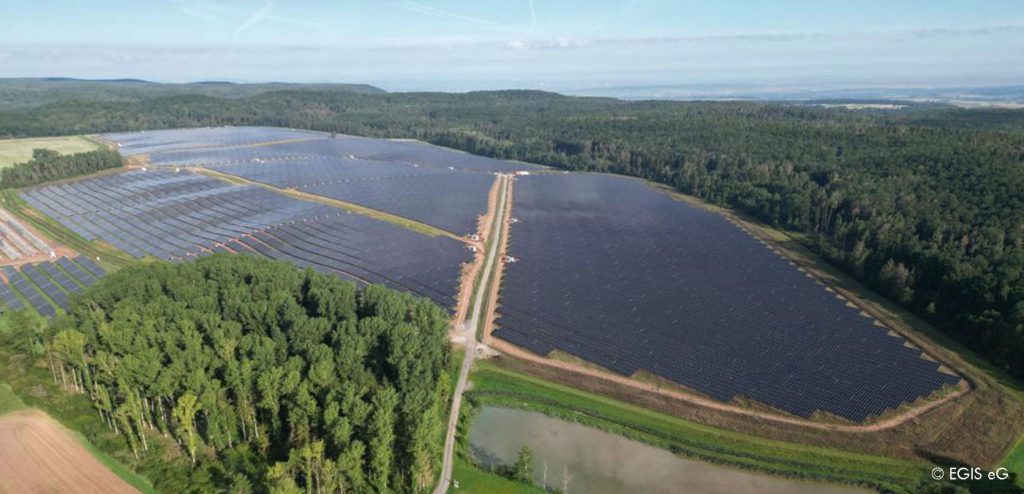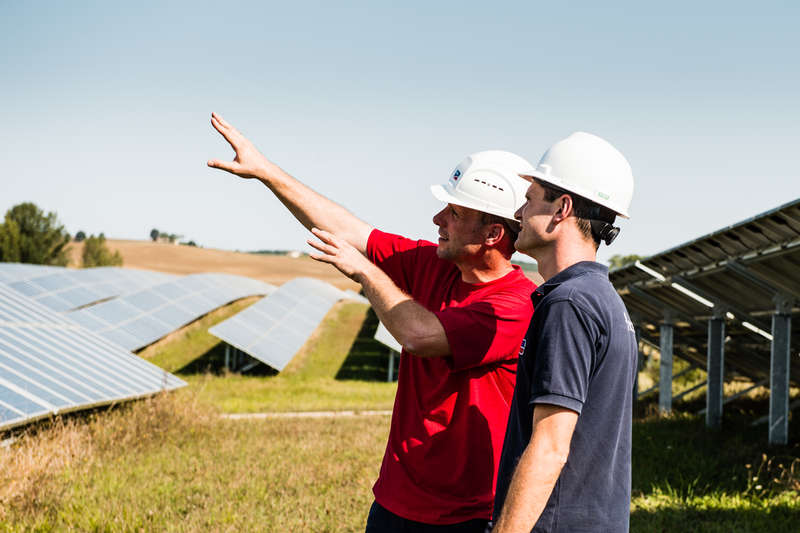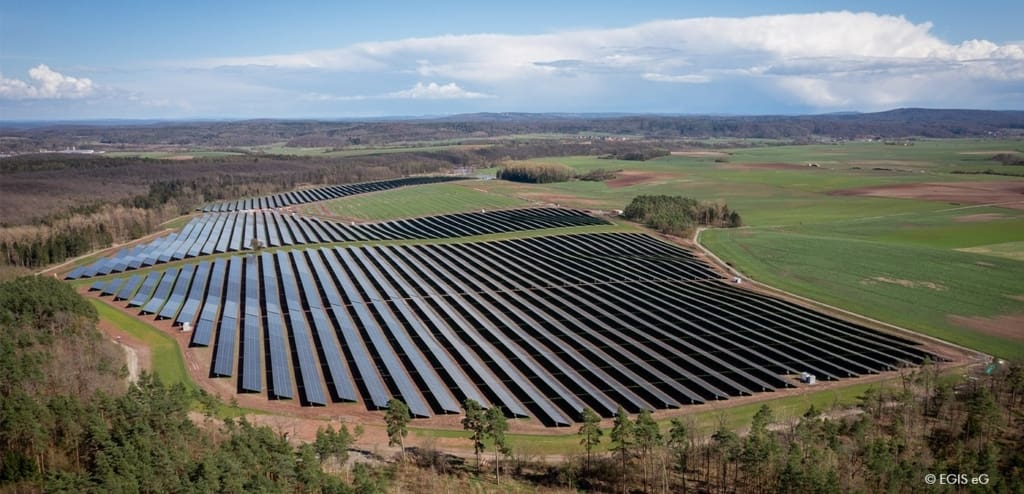Development of Solar Power will only Marginally Increase Electricity Prices
Günther Cramer, SMA Chairman of the Supervisory Board, on the construction of PV plants in 2011, the discussion surrounding further reductions in subsidies for solar power and the outlook for photovoltaics in Germany.
_____________________________________________
In particular, photovoltaics in Germany is still under severe fire from some areas of politics and above all, from the large energy suppliers. The reason is obvious. Reconstructing the energy system increasingly raises questions about the present business model of electric utility companies. And it is precisely photovoltaics, which generate electricity decentrally and conveniently for consumers, that is taking more market shares away from these companies with each newly installed PV plant.
Surprising Number of Additional Installations at the End of 2011
In 2011 alone, power generated by PV plants in Germany increased by 60 percent over the previous year. Following the construction of 7.4 gigawatts in 2010, nearly the same photovoltaic capacity went online last year. Despite the first three weak quarters in 2011, an extreme demand in December sent annual expansion measures soaring against all expectations. In particular, the political discussion of placing a short-term cap on the solar subsidy that has been circulating for several weeks now has unsettled investors and citizens and spurred an unexpected strong year-end rally. The additional capacity installed in 2011 pushed the photovoltaic share in the 2012 German fuel mix over the four percent mark. Yet at the same time, the strong growth seen in the German photovoltaic market stagnated for the first time in its history in 2011.
Prices for PV Plants to be Halved Yet Again by 2020
With the PV roadmap “Directions for the Solar Economy”, the German solar sector already pointed out a year ago that the prices for PV plants will be reduced again by more than 50 percent by 2020 and with an annual expansion of three to five gigawatts, photovoltaics can grasp a share of ten percent of Germany’s fuel mix. A key objective here is preventing the EEG reallocation charge for photovoltaics from surpassing 2 cents per kWh. As a result, in the spring of 2011, we agreed with German Environment Minister Röttgen to additional, semiannual rate reductions depending on expansion measures. This was also just adopted in the new Renewable Energy Sources Act (EEG) that went into effect in 2012.
Flexible Subsidy Mechanism Proved the Right Strategy
Introducing the flexible and market-oriented subsidy mechanism proved to be the right strategy. At start of this year, the feed-in tariff was reduced by another 15 percent and is slated for another considerable 15 percent reduction in mid-2012. This means that the subsidy will undergo a reduction at least twice as high as in 2011.
Despite Massive Cost-Reductions, Renewed Discussion of Subsidies
Strong concerns are being raised again in parts of the German Federal Government. Many are criticizing the costs of photovoltaics on the one hand and demanding another severe reduction in the feed-in tariff and even a cap on photovoltaic expansion measures. The reduction in photovoltaic costs is pressing forward faster than any other type of power generation. Thanks to technical innovations and increasing mass production, costs for PV plants have already been slashed in half since 2007. The German photovoltaic sector made this possible by investing billions of euros in research and development as well as by expanding production.
PV Power on Cusp of Becoming Competitive
Solar power will only cost as much as household electricity this year. 2013 will see PV plants producing electricity at the same subsidy rates as the offshore wind sector. Starting in 2017, solar power will be fully competitive with all conventional power generation methods.
Prognos Study: Increase in Share of Solar Power with Minimal Increase in Costs
A report just recently published by Prognos draws the conclusion that although the share of photovoltaics in the German fuel mix will increase by 70 percent by 2016, putting it at the seven percent mark, this will only raise electricity prices by around two percent. In contrast, slapping a lid on photovoltaic expansion would only reduce electricity prices at most by 1.4 percent in 2016. Photovoltaic expansion measures would be cut by 75 percent and as a result, this would severely slow down the energy revolution.
Investments Reap Benefits for National Economy and Environmental Policy
It would therefore be downright foolish to amend once again the market-oriented solar subsidy mechanism that was just adopted a few months ago by the governing parties without even allowing it to first reach its full effect. Investments made up until now in solar energy will pay off in the national economy as well as environmental policy within very reasonable time periods. Most notably, all the investments made in photovoltaics up to this point would be rendered meaningless if we were to throttle photovoltaics in Germany on the brink of its economic breakthrough.
_____________________________________________
The guest contribution is an extract from the Günther Cramer’s speech at the annual solar energy outlook on January 13, 2012 in Kassel.




Feel free to contribute!